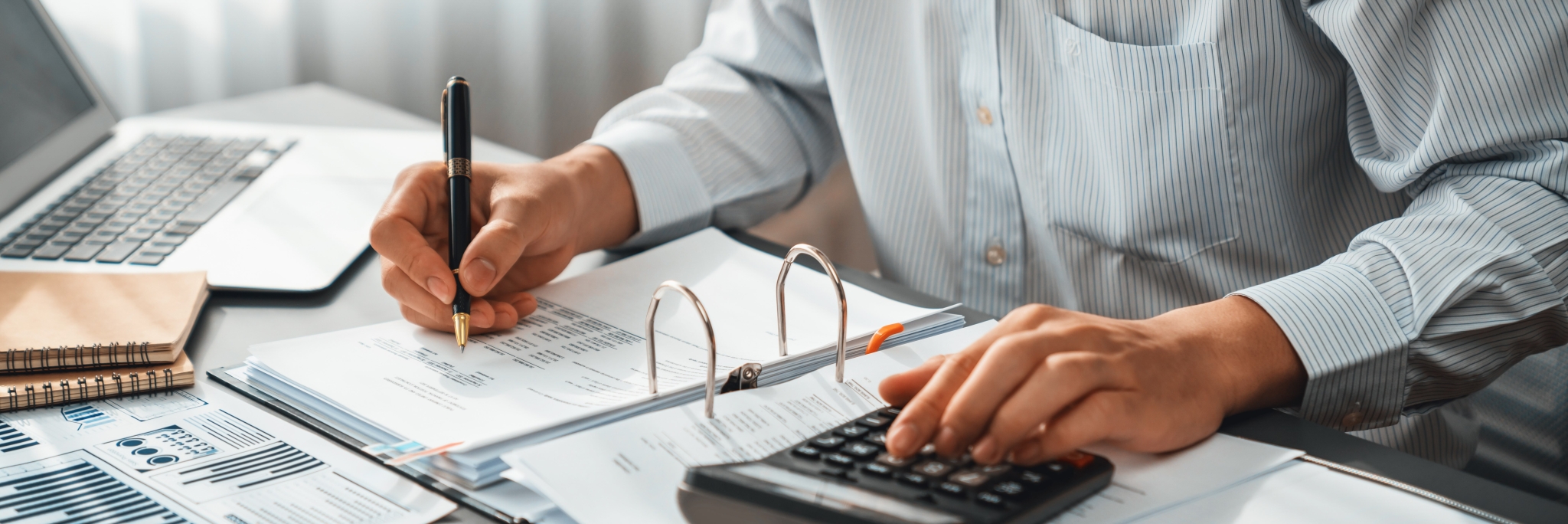The authority in the Netherlands that can best inform you about invoice requirements is the Tax and Customs Administration. According to the Tax and Customs Administration, an invoice must meet at least the following requirements:
- Your full legal name and that of the customer. The trade name is also allowed if it is registered with the Chamber of Commerce in combination with the address and place of residence.
- Your full address and that of the customer. State the address where the business is actually located. A P.O. box may not be used. An address must consist of a street name, house number, and postal code; the country is not required.
- Your VAT identification number. This is the number with ‘NL’ in front. You can find this number in the ‘My Tax and Customs Administration’ environment. For fiscal units, state the VAT identification number of the part that provides the service.
- If you are registered with the Chamber of Commerce, the Chamber of Commerce number.
- The date on which you issue the invoice. This is often described on the invoice as ‘Invoice date’.
- An invoice number. Use consecutive numbers for invoices, with one or more series. Each invoice number may only occur once. An example could be ‘2023-0001’.
- If you supply goods, clearly state which items have been delivered and in what quantity, such as 50 liters of motor oil or 10 wireless mice.
- If you provide services, indicate which services are currently being provided and their scope. An example is “developing a website with 5 pages” or “cleaning an office space of 200 square meters”.
- State the date on which the goods or services were delivered, or the date of an advance payment.
- Provide the amount you charge for the goods or services, excluding VAT. If you apply different VAT rates, state the separate amounts. If applicable, also state the unit price.
- The VAT rate applicable to the supplied goods or service. This can be 21%, 9%, or 0% in the Netherlands.
- The VAT amount. The amount of value-added tax associated with a product or service.
To whom do you send the invoice?
It is advisable to send the invoice to the person within the organization responsible for payment. Before entering into a business relationship with a customer, ask for the contact details. A simple question like “To which email address or address can I send the invoice?” can answer this for you. Also, ask for the legal name to which the invoice should be sent. This is a common mistake made when sending invoices.
It is advisable to build a good relationship with the contact person who pays the invoices. This is the first step towards good accounts receivable management software. This way, you can easily get in touch when something goes wrong with a payment.
The invoice number
One of the requirements is an invoice number. The invoice number is a unique number that may only be given once per invoice. You can choose to start with a year followed by a sequential number series. It is not allowed to skip numbers in the series. This would mean that one of the invoices is missing.
Invoicing according to the law
The invoice requirements are also included in the law. If you do not meet the invoice requirements, you are breaking the law. The Tax and Customs Administration is not clear about the consequences of not meeting invoice requirements from the government.
For the customer, it is inconvenient to receive an incorrect invoice. He cannot deduct the charged turnover tax if the invoice is incorrect. In most cases, the customer will refuse the invoice, resulting in an unpaid invoice. Therefore, always send a correct invoice if one of your customers has discovered an error in the invoice requirements.
Some requirements that are laid down in the law:
- You must issue the invoice on the current date.
- You must use a consecutive number to uniquely identify the invoice. This number can contain one or more series.
- The VAT identification number under which you supply goods or services must be stated on the invoice.
- The invoice must include the VAT identification number of the customer. This applies in cases where the customer is liable for tax or has received a supply of goods for which he must pay tax.
- Ensure that the full name and full address of both the entrepreneur and the customer are stated on the invoice.
- Clearly state the quantity and description of the delivered goods or the scope and nature of the services performed on the invoice.
- State on the invoice the date on which the supply of goods or service took place or was completed.
- Add the fee for each rate or exemption to the invoice. Also, state the unit price without tax.
- The applied tax rate must be clearly stated on the invoice.
- If there is no special arrangement that excludes the mention of the payable tax amount, this amount must be on the invoice.
- If the customer who receives a service issues the invoice instead of the person who performs the service, you must include the statement “invoice issued by customer”.
- In the case of an exemption, you must indicate this on the invoice.
- If the customer must pay tax, you must include the statement “VAT reverse-charged” on the invoice.
- If you apply the special scheme for travel agencies, you must include the statement “special scheme travel agencies” on the invoice.
An error in the invoice
Have you made an error in the invoice? Then it is not possible to change it. You must always provide a unique invoice. If you make a change and resend it, two identical invoice numbers with different content will circulate. This is not allowed by the Tax and Customs Administration.
Credit the invoice and then send a new invoice to correct the error.
Government invoice requirements
You want to send an invoice to the government. Then it may happen that a government agency asks you to send an e-invoice. With an e-invoice, the content of the invoice is changed to a digital format. The central government requires all its suppliers to send an e-invoice. The invoice requirements are the same for an e-invoice as for a paper invoice.
Save time with Payt
An invoice that meets the requirements is paid faster. For a company, managing outstanding invoices can be quite a task. Do you want to save time? Then choose to outsource accounts receivable management to Payt.
At Payt, we ensure that invoices are paid faster and easier with the most complete software in the field of debtor management.







